At the end of a long day we all want to wind down, relax and eat a delicious dinner that makes us feel happy and nourishes our bodies. Yet making that delicious dinner can be trickier for some of us as cooking and chronic illness isn't always straightforward. It can be tiring, trigger pain or be almost impossible with high symptoms from standing at the kitchen counter tops.
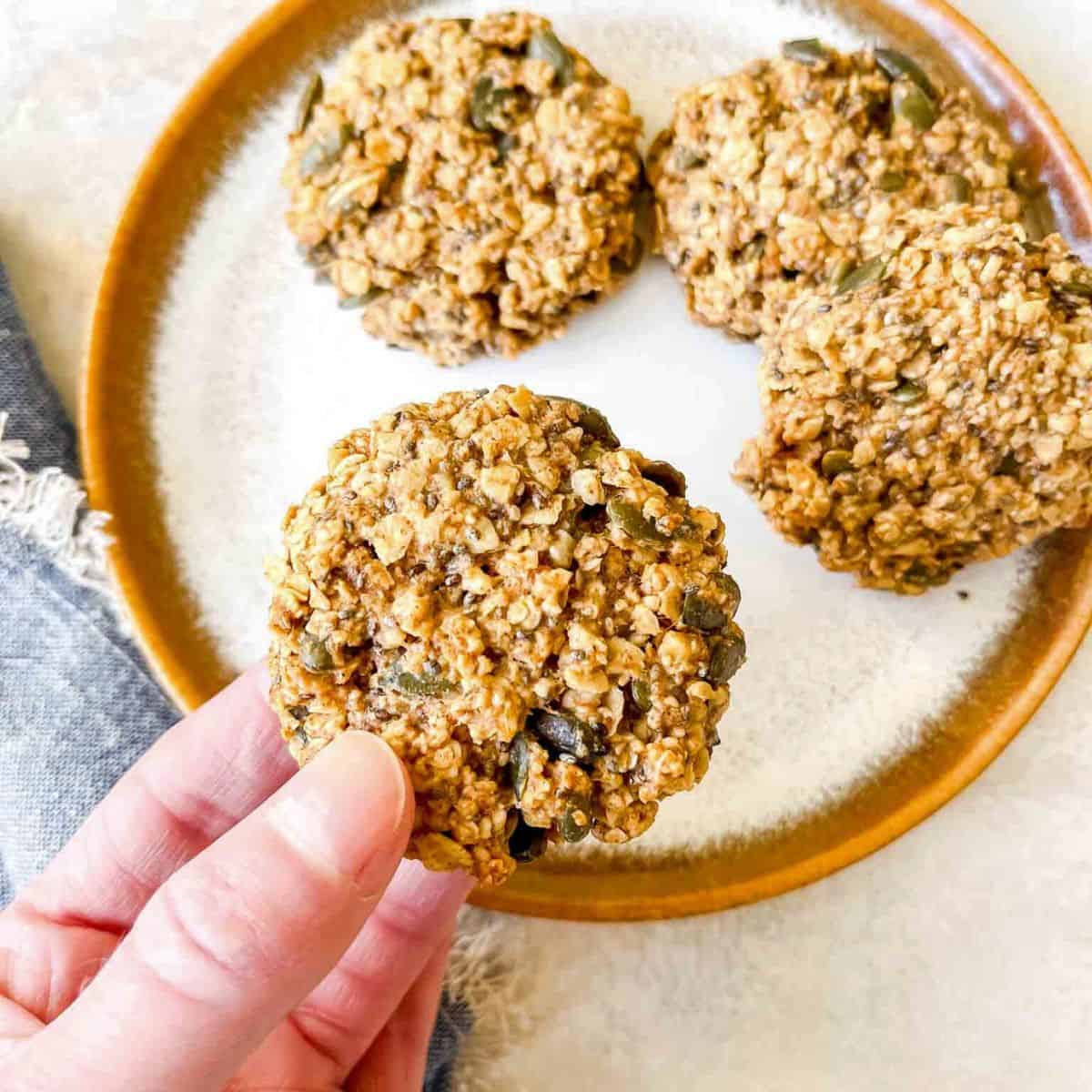
Symptoms of many conditions can ebb and flow, sometimes across the week, sometimes across the day. It's often the case that we need to prepare for the October slide with chronic illness for example, as symptoms can flare during the fall season.
I remember one Christmas Eve about five years ago when I felt quite well during the day and then decided to make Millionaire's shortbread for the next day. I was a little foolish and tried to do that and other cooking all at once.
Of course, standing for nearly three hours did only one thing: made me feel really faint with dysautonomia and led to me having to lie on the sofa while others tended to the pans on the stove.
I've learnt my lesson now, and I hope these tips for cooking and chronic illness are helpful. Of course, different conditions require different adaptations. Some may not be able to cook for themselves at all, while others can do so by taking breaks, using helpful products and meal prepping.
This does not constitute medical advice in any way. Please consult a doctor for dietary advice for your health conditions.
Jump to:
Chronic illness and dietary needs
Many people with chronic illness benefit from following the guidance of a doctor or dietician in terms of their diet. While we all want to include as many whole foods as possible, sometimes this isn't always possible. Seeking the advice of a medical professional can be so helpful and I would definitely recommend it. I've found a lot of relief from following the guidance of a dietician.
Many large organisations for specific conditions have suggestions for dietary adaptations, so it is always worth having a google!
PoTS / dysautonomia
The symptoms of PoTS (postural orthostatic tachycardia) can be helped through diet and fluids in three ways. The first is to increase fluid intake to increase circulatory blood volume (POTS UK). It is particularly helpful first thing in the morning and POTS UK suggest aiming for 2-3 litres of fluid per day.
Eating small amounts across the day is the second way that diet may be adapted to help those with PoTS. It is also suggested to avoid eating large meals high in refined carbohydrates, and to consider having a rest after eating (POTS UK).
The third is to increase salt intake, and as POTS UK state, your doctor may suggest a salt intake of 3-10g per day. This has been 'found to increase circulatory blood volume and therefore lowers heart rate and increases blood pressure' (POTS UK). However, some people should avoid a high salt diet, so always speak with your doctor before doing so.
Mast cell activation syndrome (MCAS) and histamine intolerance
When I was diagnosed with MCAS it was a huge relief to know why I was having the symptoms I was experiencing at that time. I was prescribed medication and it was suggested by my doctor (and subsequent MCAS doctors) that I follow a low histamine diet.
My reaction? A what diet?? I hadn't ever heard of such a thing. I would suspect many others with MCAS and histamine intolerance felt the same.
A low histamine diet does what it says on the tin - it restricts high histamine foods and focuses upon those lower in histamine. Some higher histamine foods include tomatoes, spinach and mature cheeses. Histamine can also form easily on leftovers and items such as fish sitting on a deli counter.
The thing I find most tricky about being on a low histamine diet is the lack of awareness it has. I doubt there is any restaurant in the world that will specifically cater to this diet, and there aren't too many resources out there. I hope that the low histamine recipes I share here on the blog are helpful, and if you follow this diet you may like to join me on Instagram to be the first to hear of new ones!
Endometriosis
While there isn't a large body of evidence as yet, some research on endometriosis shows that a gluten-free diet can help reduce pain in women with endometriosis.
For a personal experience of a gluten-free diet for endometriosis have a read of Shruti's post 'My Diet for Endometriosis and Ehlers-Danlos syndrome'.
Other conditions that often (or always in the case of some) require specific dietary approaches include diabetes, coeliac disease, antiphospholipid syndrome, irritable bowel syndrome and Crohn's disease, amongst others.
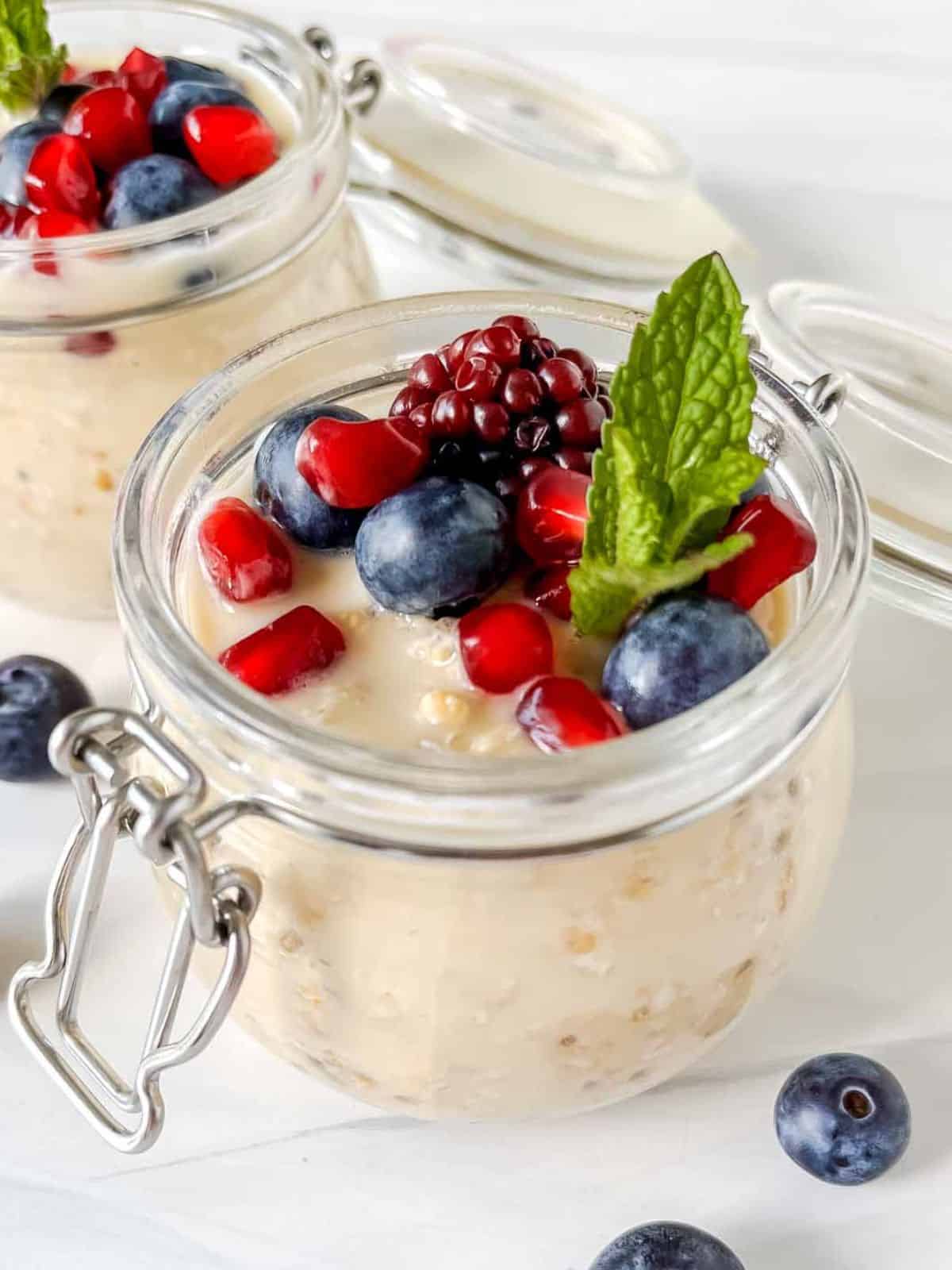
How to approach cooking with chronic illness conditions
I find cooking to be a really calming and fun activity. It gets me off my computer and phone, has a slightly meditative quality to it and I get to eat something delicious at the end! But, and it's a big but, there are days when higher symptoms make it more difficult. Standing and stirring a risotto is not going to happen when I have a migraine, feel faint or the fatigue is extra high.
If cooking is a possibility for you, then there are definitely ways to make it a bit easier by doing it in a slightly different way or using some products to help with pain and other symptoms. These are some hacks that may help:
Take breaks
If possible prepare a meal across the course of the day rather than in one go. So if you are making lasagne for example, you could do the meat or vegetable mix, then the cheese sauce later and then assemble just before cooking.
Have some go-to quick meals
While we would love to have a truly balanced meal every night, the reality is that cooking a time-consuming dish isn't always (or ever) going to happen. An occupational therapist recommended that I have a mental list of quick recipes and, most importantly, that I didn't let myself feel guilty for using them!
Think cheese on toast with pre-packaged salad on the side, pasta with pesto (from a jar), soup from a carton with toast or crackers, traybakes using pre-cut vegetables and fish or meat. And honestly, I've done cereal with fruit, nuts and seeds many a time.
Meal prep
Eating a low histamine diet doesn't make meal prep too easy, but I always have soup in the freezer! Making double, triple or even quadruple an amount of a meal when you have a better symptom day is an ideal way to prepare for more difficult days. After all, if you are making one batch of soup or stew, you may as well make more for the freezer.
Soups such as my quinoa vegetable soup are perfect for meal prepping. Simply portion into tupperware, allow to cool and then shove in the freezer for a quick meal to reheat later. I've also frozen my sweet potato burgers and they came out great.
Have a look at my post on low histamine meal prep for some more ideas!
Ask for help
It can be hard to ask for help, but it really is a form of self-care. If you have friends, relatives or house mates then rope them in for chopping veg, stirring soup or checking the oven. Anything that helps you not have to stand for as long if this is an issue, and stops fatigue from being so present, is so necessary. And if they are eating the meal too then there is no excuse for them not to lend a hand!
Use pre-cut vegetable and fruit
If histamine isn't an issue for you but chopping vegetables is due to pain or mobility issues, then getting pre-cut vegetables is ideal. They do tend to be more expensive, which is frustrating. Frozen can be cheaper though.
Use 'packet' food
Now the reality is that very few people stand and make their own pasta to make lasagne! Packet food has a bad rep but some of it can be healthy and form the basis of a good balanced meal. Pasta, rice, oats and cous cous are all 'packet' food and we don't hesitate to use them. But you can also get pre-cooked quinoa, bags of cooked lentils, cans of chickpeas and many others foods. The hassle of cooking has been done for you and you just open and combine with other ingredients for a salad or to make a soup or stew.
De-clutter the kitchen
I find that being able to find things quickly, whether it's the saucepan that is needed or some tupperware for meal prep, is always helpful. De-cluttering can take a while (and you may want to enlist help!), but makes cooking easier and less stressful.
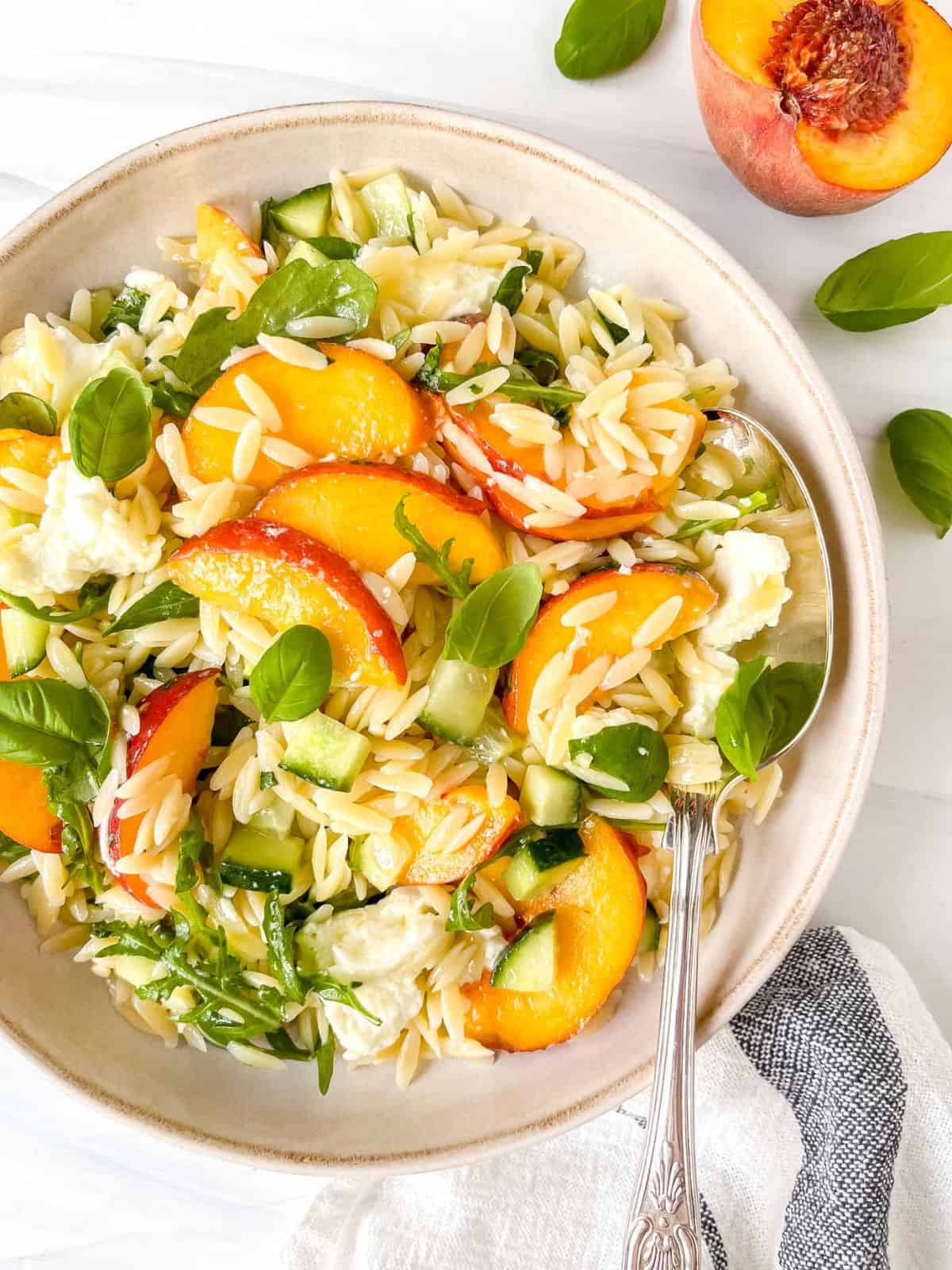
Cooking equipment and utensils
Cooking and chronic illness can be tricky, both in terms of fatigue and other symptoms but also in terms of issues with hand strength and mobility (as well as pain) from conditions such as arthritis and fibromyalgia. Some helpful products may make preparing meals far easier, and bring some joy back to pottering in the kitchen.
Instant pot
The Instant pot has been on my 'want to buy' list for so long because I hear so many people in the chronic illness community rave about them. They cut down cooking time considerably and do all the work for you. Less standing, quicker meals, it's a winner no?!
Nutribullet
I love my Nutribullet and you will see a ton of recipes here on the site using it. Fairly affordable and easy to use, it is perfect for making smoothies, blending soups and sauces and I also use it for things like making pesto and whizzing up bread into breadcrumbs.
I will say that if you have strength or mobility issues with your hands then it may be a bit tricky. You do need to press down on the Nutribullet fairly firmly to use.
Electric can opener
If you have strength or mobility issues with your hands, or increased pain, then cooking can be tricky. But there are lots of items to help. An electric can opener is one and I know many people who use one all the time, whether they are cooking with chronic illness or not.
Vegetable chopper
Using a vegetable chopper will make life much easier, and will save a ton of time too. You do need to press down on the chopper, so take that into consideration if thinking of purchasing one.
Easy grip peeler
I have an an easy grip peeler and they are brilliant, both for being easy to grip (as per the name!) but also because the swivelling blades make the task much simpler. I can't remember where I got mine as it was years ago, but the Oxo good grips swivel peeler has really good reviews on Amazon.
Jar opener
I don't have strength issues with my hands, but still I've had to get someone else to open a jar before me plenty of times. So those with strength or mobility issues must get this quite regularly. A multi function jar opener should help you with cooking!
Use a perch stool
A perch stool is ideal for those with conditions such as PoTS where standing is difficult, or for conditions such as arthritis if painful legs or hips make cooking more difficult.
I hope this post on cooking and chronic illness is helpful. If you have any suggestions for how to make cooking easier then do leave a comment below.

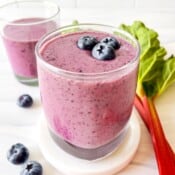
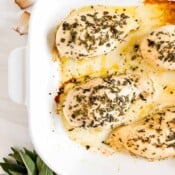
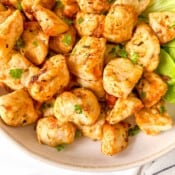

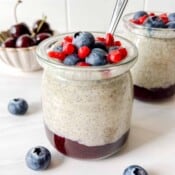
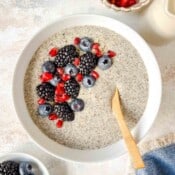

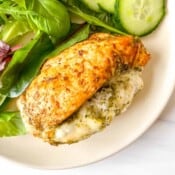

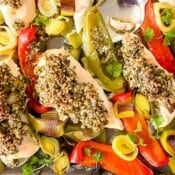

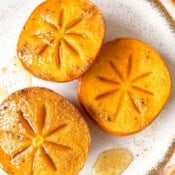
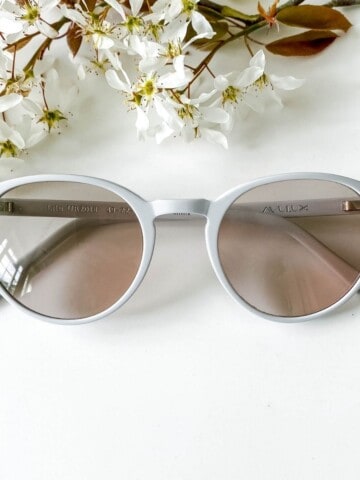


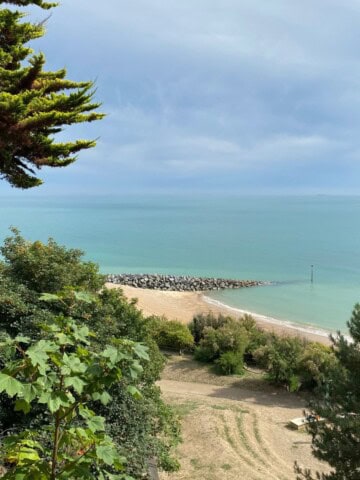
Sheryl Chan says
These are some terrific tips and reminders thank you! Hopefully with them I get some motivation to cook more at home.
Katie Clark says
I appreciate that you acknowledge using precut/frozen ingredients is a good option. I felt a bit like I was cheating, but was encouraged to hear you do this, too. Really helps save energy.
Chronic Mom says
Cooking is always such a struggle. And of course when you're trying to eat healthy it involves a lot of cooking. Someday I'd like to have a personal chef!
throughthefibrofog says
It can do for sure. That's where I find batch cooking comes in handy as you have meals in the freezer for those more difficult days 🙂